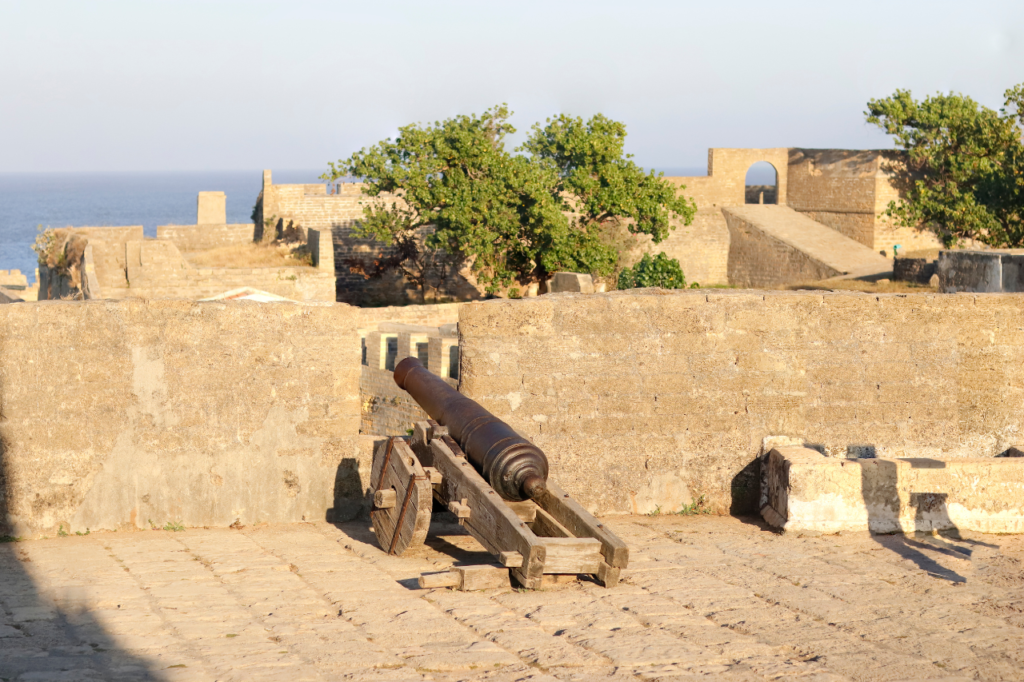Daman and Diu Pincodes
Enter the Pincode or Location Below in the Box
Pincodes of Daman and Diu
Daman and Diu, a coastal union territory in India, is known for its rich history and picturesque landscapes. Once a Portuguese colony, it boasts beautiful beaches like Jampore and Devka, colonial architecture, and vibrant cultural heritage. The region is a blend of Gujarati and Portuguese influences, evident in its cuisine, festivals, and lifestyle. Daman and Diu’s economy thrives on tourism, fishing, and small-scale industries. Daman and Diu pincodes ensure effective postal services and navigation, contributing to the seamless connectivity of this quaint, culturally diverse region, making it a charming destination for tourists and locals alike.

Here is a list of Daman and Diu Pincodes
About Daman and Diu
In northwest India, Daman and Diu was a union territory. It was the smallest administrative division of India on the continent, covering an area of 112 km2 (43 sq mi). The Gulf of Khambat divided the two districts that made up the territory: Daman and Diu Island. The region was surrounded by the Arabian Sea and the state of Gujarat.
The regions, which had been a Portuguese colony since the 1500s, were annexed by India in 1961 when Goa was annexed. Between 1961 and 1987, Daman and Diu were governed as a part of the union territory of Goa; however, following the Goa Opinion Poll, they were granted their own union territory.
History
Along with Goa, Dadra, and Nagar Haveli, the coastal enclaves of Daman and Diu on the Arabian Sea coast were a part of Portuguese India for more than 450 years. By military conquest, Goa, Daman, and Diu were added to the Republic of India on December 19, 1961. It was not until the Carnation Revolution of 1974 that Portugal acknowledged the takeover of these lands by the Indians. Kolis has also been in charge of the region.
Geography
A united union territory of India till 2020, Daman and Diu are two distinct coastal enclaves renowned for their scenic positions along the Arabian Sea. While Diu is located off the southern shore of the Kathiawar peninsula in Gujarat, Daman is tucked away close to the coast. Their history and culture have been greatly impacted by their advantageous seaside locations.
Culture
Daman and Diu showcase a distinctive fusion of Portuguese and Indian cultures. The majority of people follow Hinduism, however there are sizable groups of Christians and Muslims. The region’s rich cultural life is highlighted by festivals like Nariyal Poornima and Diu Festival, which feature traditional dance, music, and cuisines.
Economy
Agriculture and fishing have historically been the main drivers of Daman and Diu’s economies. However, with the emergence of small and medium-sized enterprises, there has been a notable increase in the industrial sector in recent years, especially in Daman. With its immaculate beaches, colonial buildings, and tranquil surroundings, the area is a major tourist destination.
